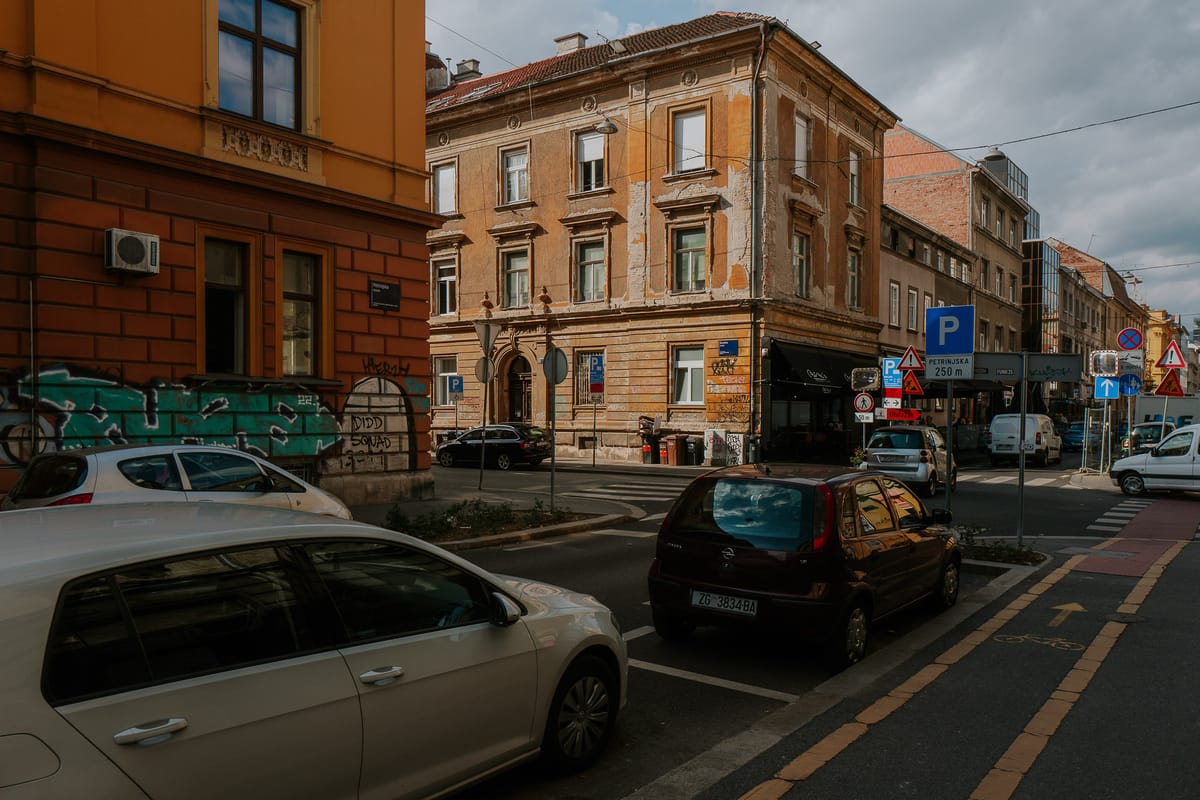An autistic person travels to Europe – Part 4

Disability in Croatia
Before leaving the city of Split, my body decided it didn’t need my breakfast coffee. I followed the sign to the WC to be greeted by a full-body high turnstile gate. To the side, a woman sat by an open door with a disabled wheelchair sign on. When possible, I will use the disabled toilets. I find the men’s room absurd. You’re either peeing into a trough with your mates, which is weird, or strangers, which is weird. Oh, and then there’s the smell, look, noise, chaos, and worry about just what that water on the floor could be. My autistic brain dislikes messy, complex spaces.
So, I tapped on the disabled toilet door sign. The woman took my 5 kuna and showed me how to use the turnstile. I tapped the disabled loo sign again. She put the coin in the gate and ushered me through. I tapped the sign again. She hurriedly ushered me through before the timer ended, wasting my 5 KN. I thought she can’t be seriously suggesting the disabled loo is through this metal gate, can she? I figured she wasn’t but instead saw an abled bodied person asking for the toilet.
Making it through the gate, which was not designed for a 6 foot 5 large bodied person wearing a backpack, I saw the options of men’s or women’s toilet. No disabled loo. Not surprising really. How would a wheelchair have got through the turnstile?
This incident got me thinking about what life must be like for disabled people in Croatia. They must exist in both visible and invisible form. Of course, it’s hard to google for information on this subject. Most articles on “autism + Croatia” discuss how to deal with autistic children on trips. There’s not a lot of lived experience from autistic people there. I have to assume they exist. Autism isn’t a UK thing. It’s a human thing.
- Escape to the sunshine in accessible Pula and Istria in Croatia
- 10 things you should know before you come to Croatia – Mobility With Disabilities
- Accessible Cities in Europe
- Backpacking with Disabilities: How to Go About It the Right Way
- Traveling with Hidden Disabilities: The Sunflower Lanyard
- Travelling with Invisible Disabilities | Redbrick Travel